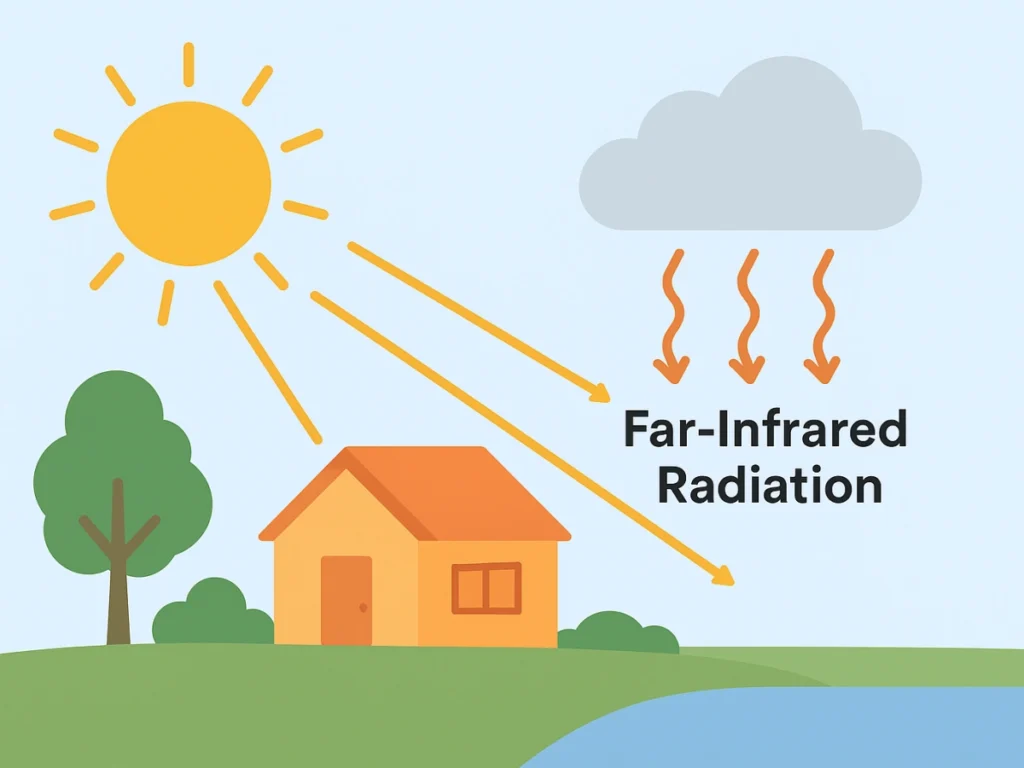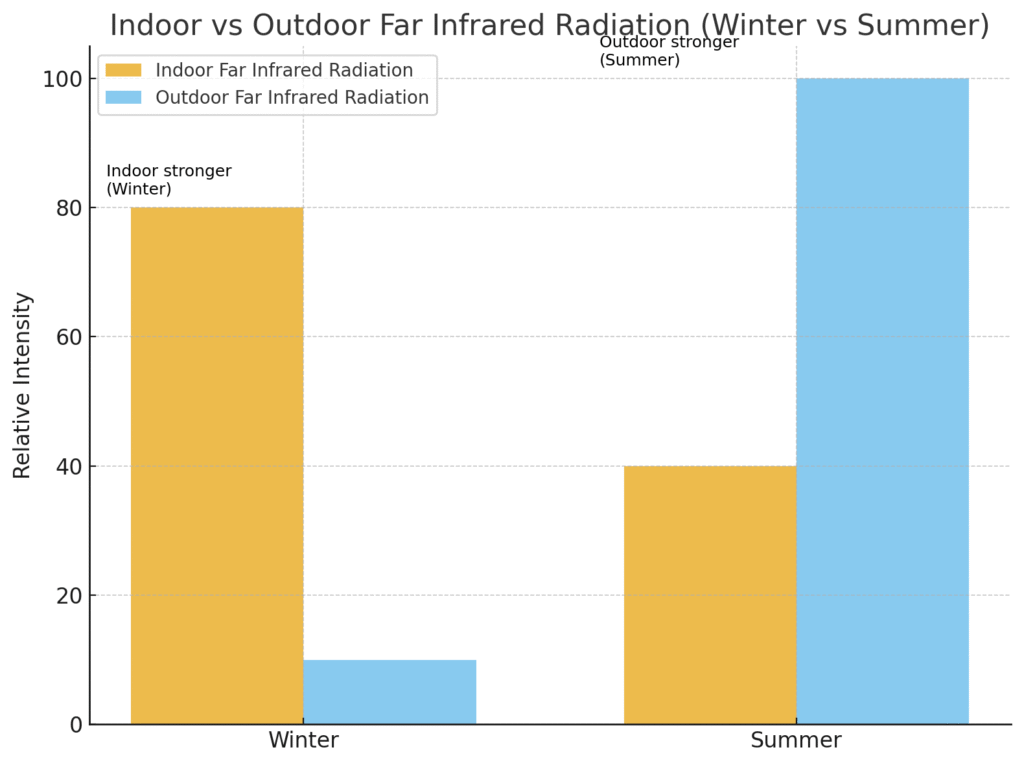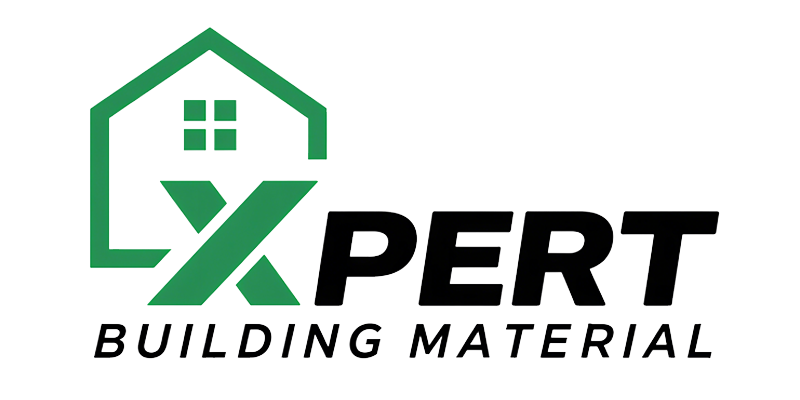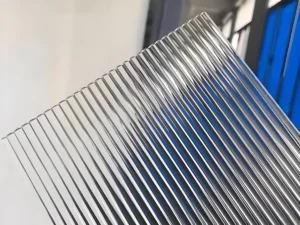Where does outdoor far-infrared radiation come from?
About building glass, far-infrared radiation in the outdoor environment originates indirectly from the sun. When solar radiation is absorbed by the atmosphere, the ground, roads, and buildings, their temperatures rise, turning them into new sources of heat radiation. The heat they re-emit has wavelengths much longer than the original solar radiation, as shown by the range covered in Figure 1.
In simple terms, the energy goes in one form and comes out in another: the incoming energy has shorter wavelengths, but once re-emitted, the wavelengths become longer—it is no longer the same as the original solar radiation. In summer, this far-infrared radiation becomes another major outdoor heat source in addition to direct sunlight.

Indoor vs Outdoor Far-Infrared Thermal Radiation: Understanding Which Environment Has Stronger Heat Emission
Indoor far infrared radiation is mainly produced by heating systems, the human body, and household appliances. In winter, outdoor temperatures are much lower than indoors, which means outdoor infrared heat radiation is extremely weak—almost negligible compared with indoor far infrared radiation. During this season, the key energy saving strategy is to prevent indoor heat loss.
In summer, indoor infrared heat comes from people, appliances, and surfaces such as walls and furniture that absorb sunlight and ambient heat. However, outdoor far infrared radiation is usually much stronger than indoors. At this time, energy-efficient windows and insulation play a vital role in blocking outdoor heat from entering the building.
Although the direction of far infrared heat transfer (indoors to outdoors in winter, outdoors to indoors in summer) changes with the seasons, the fundamental energy saving goal remains the same: reducing or limiting the transmission of infrared radiation through glass.

How Far-Infrared Thermal Radiation Transmits Through Glass?

The figure above shows the spectral transmittance curve of standard 6 mm clear glass. In the wavelength range of 2.9–4.5 µm, the transmittance is very low, and beyond 4.5 µm it falls to zero. This means that long-wave infrared radiation cannot directly pass through ordinary clear glass.
So how does far infrared radiation pass through glass? In reality, normal glass almost completely absorbs infrared radiation with wavelengths greater than 4.5 µm, and it absorbs most of the radiation in the 2.9–4.5 µm range. After absorbing this energy, the glass heats up and becomes a secondary radiation source, re-emitting heat to both sides. As a result, part of the heat still passes through the glass, but indirectly—via absorption and re-radiation rather than direct transmission.
From the spectral curve comparison, ordinary clear glass shows a transmittance of over 80% in the 0.3–2.9 µm range. This range fully covers the solar radiation spectrum (0.3–2.5 µm), which means that solar heat gain through glass is almost unrestricted. Due to these characteristics, standard clear glass cannot reduce heat transfer caused by temperature differences, nor can it block solar infrared radiation. Therefore, it is not considered an energy-efficient glass for buildings and offers no real thermal insulation benefits.
To learn more about glass, please feel free to contact Xpert BM. We will provide you with the most timely information and feedback.





